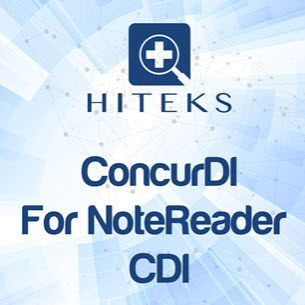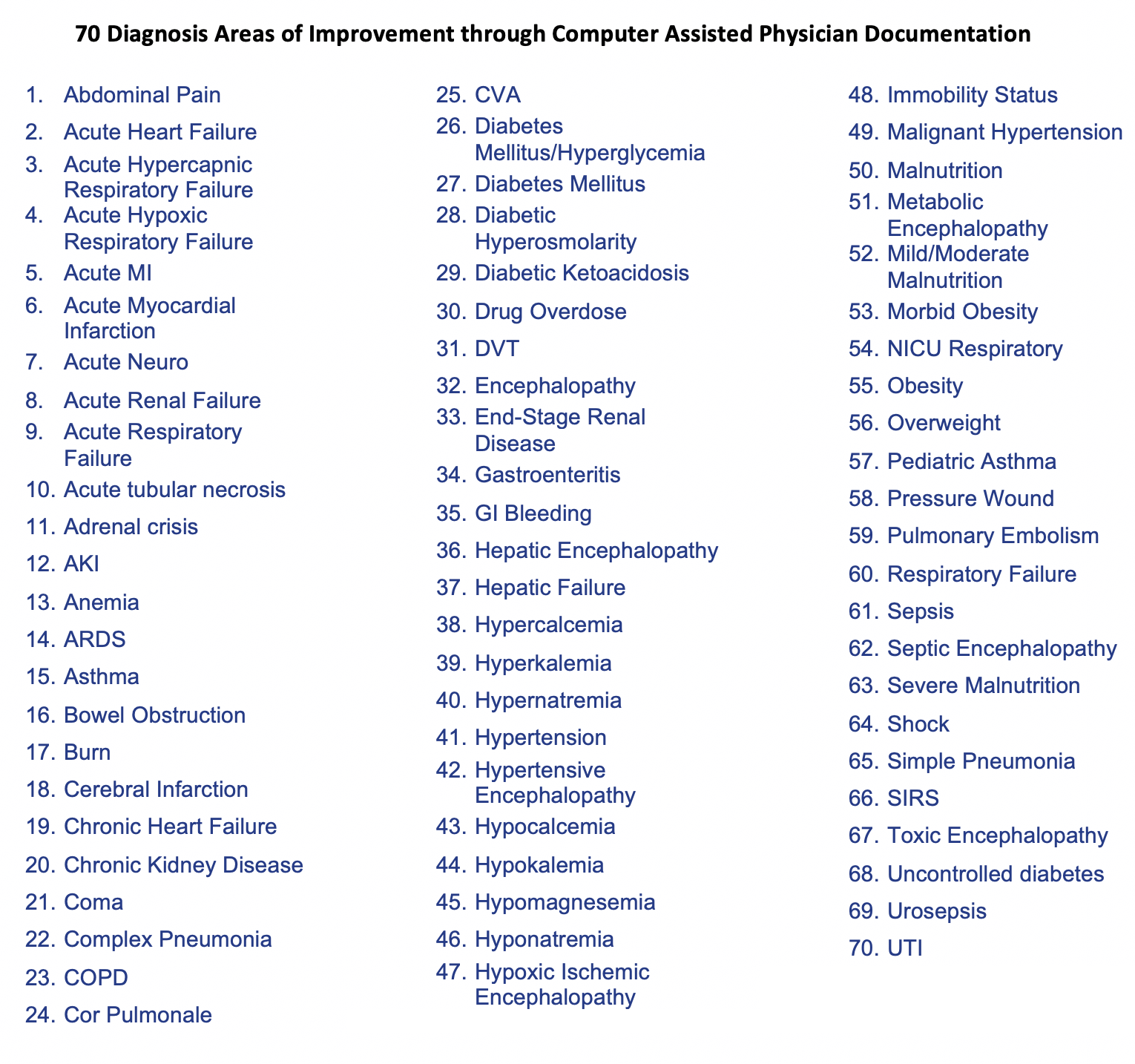
Questions and Answers from our recent ACDIS virtual educational conference exhibit booth visitors:
 Q1: Does the provider see the 3 responses (Respond/reject/ask me later) before seeing the query itself? I’m confused why an organization would allow a provider the chance to just bypass the query details before actually seeing them?
Q1: Does the provider see the 3 responses (Respond/reject/ask me later) before seeing the query itself? I’m confused why an organization would allow a provider the chance to just bypass the query details before actually seeing them?
A: Yes, all evidence is presented in the query along with the responses. See our demo webinar where we outline the content of each query, starting from the Evidence we find in the patient’s chart, to the suggested responses to the physician, and the Infobutton content to speed understanding of the evidence.
Q2: What happens if the doctor deactivates or rejects the query? We are not supposed to query multiple times for the same, so does this mean it just disappears into cyberspace? Are these queries part of the medical records?There is an audit function within Epic that allows for auditing all query activity, so if the doctor rejects the query, it is stored in Epic and a report is available to view the rejected queries. The queries also become part of the medical record.
Q3: If they reject or ask me later do they have to give a reason why so it can be tracked in case a clinician uses this option a lot?A: No there is no reason required, but there are KPIs (Epic and HITEKS reports) that track over-usage of reject and ask-me-later.
Q:4 Not sure that I would like all the physicians getting the queries, how does this work in practice?A: The queries are presented in the To Do bar and Items to Address dialogue within the note itself. Any provider can respond to the query but are not required to do so. Once there is a response the query no longer appears to the provider.
Q5: That is an interesting option – that if the documentation is signed – then the entire care team can see/answer the query. Is it hard to keep track of responses that way?A: No, it’s easy to keep track of responses because once a provider responds to a query it is deactivated for all providers.
Q6: If the entire care team providers are sent the query, if one responds does it deactivate for the others? I’m concerned that could result in conflicting responses if not.A: Yes, once a provider responds to a query it is deactivated for all providers.
Q7: Very interesting concept to build the query in with the Medical Record. Any push back from the physicians??A: No, we have only had positive feedback regarding the ease of accessibility and early notification of the query.
Q8: Are your automated queries customizable?A: Query customization is a simple process and can be accomplished in minutes. Types of customization include evidence targets of labs, meds, diagnoses, symptoms, note sections (i.e. Past Medical History – PMH), patient age, inpatient or ambulatory or both, and other demographics
Q9: Is the demo of the product integrated with Epic NoteReader CDI part of the recorded 60 minute Webinar?A: yes, please use this link to view our recorded presentation
Q10: Hi there! does your product also integrate with Epic for use in the ambulatory setting?A: Yes, HITEKS For NoteReader CDI in Epic is available in both ambulatory and inpatient environments; another interesting fact is that through our automation, 100% of all the patients and their charts are reviewed by our program. You can activate us in Epic’s App Orchard (CAPD360 Insight For NoteReader CDI in Epic)
Q11: Where do you find the biggest advantage of using your system?A: If you look at our KPIs where we show the 3x increase in CDI query case counts, you’ll realize that we help a CDI team handle the query types that are automatable, and open up time for the complex queries that require CDI Specialist review, leading to a more efficient CDI resource function. Our clients are also measuring their Case Mix and RAF Score improvement, which is significant.
Q12: Tell me more about your query library, how often are they updated for compliance via the AHIMA practice brief?A: the query library is unique and we update regularly for compliance; our clients drive the update process and we currently have quarterly updates where we propose changes and get modification requests according to local needs and national guidelines such as AHIMA. Currently we have a fully automated CDI query library of 70 queries and growing, here is the list:
 Q13: what if the PMHx inadvertently gets picked up as a diagnosis or symptom trigger and direct mode sends out an inappropriate query to a physician?
Q13: what if the PMHx inadvertently gets picked up as a diagnosis or symptom trigger and direct mode sends out an inappropriate query to a physician?
A: HITEKS recognizes PMHx sections in the note and extracts anything out of that section as PMHx, not a current diagnosis as we would if it were in the HPI or Assessment sections of the note.
Q14: Why do you say that the HITEKS solution is the only one approved and available for both silent and direct modes, aren’t there other vendors supporting Epic’s NoteReader CDI workflows?A: The reason that HITEKS is the only approved vendor is that we have gone through the process to become validated and supported by Epic as part of the App Orchard program. HITEKS pays Epic to be included in their App Orchard which comes with a variety of benefits for their customers. Regarding Silent and Direct modes, HITEKS is the only vendor with proven ability in speed and accuracy to deliver direct mode queries to documenting physicians, with extreme configurability to change queries in silent mode and direct mode, whenever needed. This reduces the risk to a health system at notifying physicians directly. Just ask our clients!




